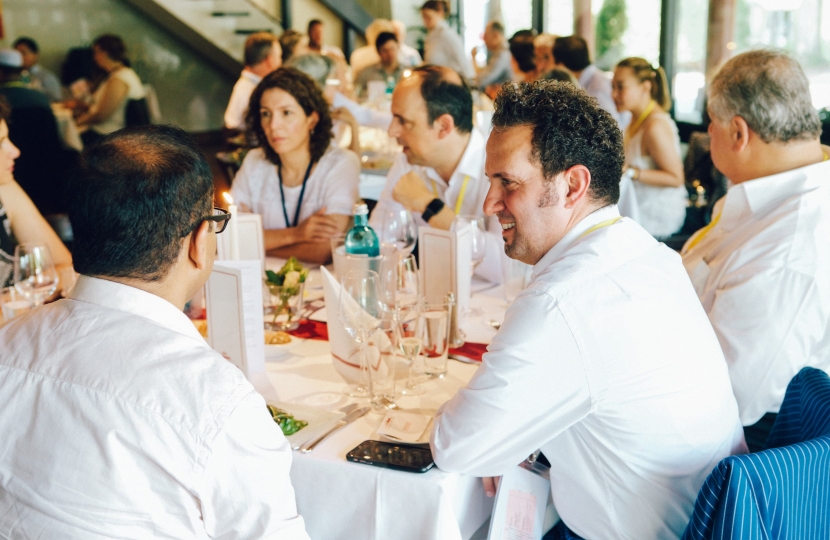
Madam Mayor, most people live in cities, and most emissions come from cities. Brighton and Hove is no exception.
The technologies and policies, irrespective of the politics, to make cities more climate-friendly already exist. We have the ability to pull some really big levers but our colleagues here have chosen not to. What then is our biggest lever? First and foremost, we believe that Brighton and Hove need to build better buildings and retrofit the ones we already have so they use a lot less energy. We have failed to do this effectively under this and the previous two administrations and now is the time up our game to deliver efficient and smart buildings.
30 percent of all our urban emissions could be cut by by making our buildings, old and new, more efficient. And another 30 percent could be gained by electrifying our big energy hogs that currently run primarily on fossil fuel power—like heating and cooling systems, lights, and stoves—with renewable sources like solar or wind. I track the carbon intensity of the GB electricity grid and last Sunday, Carbon Intensity stood at 95gCO2/KwH. 28.2% of our energy came from solar and 20.8% from wind. This is a great feat, but only the start, in the week we celebrate our 50th Earth Day. On Wednesday night at 8pm, wind generated 6.97 GW (23.59%) out of a total of 29.53GW.
What am I asking for?
In DM44, p. 135, paragraph 2.333, I want us to recognise that we need to reduce rather than mitigate carbon emissions
Amend second sentence as follows: “This policy sets out the further steps the council will take to mitigate reduce carbon emissions associated with all new development.”
‘Reduction’ is more effective than ‘mitigation’ because the city could deliver mitigation through offsetting, on or offsite, or through carbon credits. That will not be good enough.
In DM44, p. 138, 2.350, I want us to deliver the best energy solution Amend second sentence 2.350 as follows: “In these locations developers are encouraged to achieve the best energy solution for the development assess the potential to deliver…”
This means tightening up all the cracks in buildings so that they leak less heat or cooled air and redesigning them so they don’t rely so heavily on energy-hogging technologies. Fixing up buildings can take a, 60-percent bite out of the urban carbon emissions apple. Another big chunk, just over 15 percent, comes from using better or different materials to build the buildings and infrastructure that scaffold human existence. That means less new concrete and steel & glass. As a work colleague once said, “The greenest building is the one that already exists,”
In DM46, p. 142, 2.367, I want us as a city to invest in carbon heat networks
Amend first sentence as follows:
“This policy seeks to ensure that low-carbon heat network infrastructure and communal heating systems are incorporated into new development where appropriate to support wider low-carbon heat network development within Brighton & Hove.”
I want to see heat generated in centralized locations through fifth generation district heat networks that do not use combustion on-site and have zero emissions of CO2 and NO2 on-site. This is what we should be embedding into the DNA of our new developments.
Thank you Madam Mayor.


